10 Must-Know Tips for Perfecting Your Crochet Socks
Key Takeaways
- Choose lighter weight yarns that are specifically made for socks and look for blends with synthetics to provide strength and durability for washing and wearing. To ensure the best results, make sure the yarn weight matches the pattern.
- Use a flexible tape measure and accurately measure your foot size to get their circumference and length in cm. Add ease for comfort and flexibility into the design.
- Master and familiarize yourself with beginner crochet stitches such as the single and double crochet to make thick and stretchy socks. Be sure to use a gauge swatch to match the tension in your pattern.
- Stitch markers are your friend. Use them to keep track of stitch counts, pattern repeats, and important spots such as increases. With removable markers, you can easily make your adjustments without losing your place.
- Try out different sock patterns, stitch patterns, and methods of reinforcing heels and toes. These cool additions not only make your creations more durable, they make them one-of-a-kind!
- Make sure to keep an even tension throughout your crochet process to get the best outcome. Blocking your socks once they’re done will help form and mold them to their final shape and get you a great fit.

Crochet socks make a lovely and practical wardrobe staple that will keep your toes warm and comfy on frosty days. Handmade with yarn and a crochet hook, these socks can be created in any pattern, colour, and texture to inspire creativity.
Compared to their machine-made counterparts, crochet socks offer a uniqueness and can be tailored to your exact measurements for a legendary fit. When made with natural fibers such as wool or cotton, they are breathable but insulating, so perfect for every season.
Whether for cozying up in comfy socks at home or making into special gifts, these socks are useful and useful. Crafting your own pairs dives you deeper into the world of sustainable fashion, all while you indulge in a calming pastime.
In this article, we’ll show you the best ideas and tips for creating or buying crochet socks.
1. Choose the Right Yarn Weight
Choosing the proper yarn weight is essential to crafting cozy and durable socks. Heavier yarns, particularly those marketed as “sock yarn,” are crafted to serve a long lasting, cozy wear. They’re usually finer for a tighter fit and feature fibres such as nylon for durability.
For example, a wool and synthetic fibre yarn blend will be more durable against everyday wear and washing, with less chance of the item losing shape. It’s important to choose the right yarn weight for your pattern. Patterns will usually indicate a specific weight, such as fingering or double knit, to get the desired texture and fit.
Choosing a yarn that is heavier than suggested will stretch the design. Conversely, if you use a lighter yarn, your socks may turn out too baggy. Most yarns will have a ball band attached with the gauge listed, so you can verify compatibility.
Knowing the weight system and what it means in standard form helps make quicker decisions. Yarn weight is not about the physical grams but about thickness. Doubling up can help you create different weights; for example, two strands of sock weight yarn equal one strand of double knit.
Doubling doesn’t always replace well; for example, two strands of aran do not make chunky. When in doubt, stick to lighter options. Heavier yarns can sacrifice flexibility.
2. Measure Your Foot Accurately
Grab a tape measure and measure your foot’s circumference. After that, measure the foot to make sure it’s the right fit! Step 2: Hold the tape snugly against your foot’s widest part. Finally, measure from heel to toe to determine the length. Note these numbers in both inches and centimetres, as having both can be useful when crocheting. For instance, if your foot circumference is 8 inches (20 cm), you’ll have an exact reference to guide your work.
Correcting for fit matters just as much. Socks should stretch some for comfort, but they shouldn’t be so stretched out that they become shapeless. Keep in mind that ankles are usually about 5% smaller than the foot’s circumference. By decreasing stitches in this area, you’ll be able to get a closer fit. If your foot is 8 inches long, you should target an ankle circumference of about 7.6 inches (19.3 cm).
If you’re planning a dozen or more projects, it can be worth the time in developing a measurement list for different shoe sizes to streamline the process. Averaging data from direct sources, such as Clarkes Size Chart ensures accuracy.
This behavioral adjustment is a godsend when it comes to yarn management, too, since crocheted socks require 1.5 times the yarn of knitted socks.
3. Master the Basic Crochet Stitches
Learning the basic crochet stitches is essential to creating crochet socks that are both stunning and practical. To begin, get comfortable with the basic stitches such as single crochet and double crochet, as they are the basis for sock building.
These are great stitches for creating a dense, sturdy fabric, perfect for all the abuse socks take. Single crochet stitches reinforce the toe and heel with additional durability. Meanwhile, double crochet is perfect for adjusting the foot and cuff to the desired length.
Getting in the habit of working up a gauge swatch is the next equally important step. Making this little swatch ensures that your stitch tension matches what’s needed for the pattern.
Getting this step down is key to creating that perfect fit! Because bad tension is the cause of 80% of sock problems, taking the time to master this step will prevent a lot of wasted efforts and headache.
Use a 4mm hook and your yarn of choice to swatch and figure out your gauge, making any adjustments necessary. Once you’re comfortable with the basics, try combining stitches to come up with new textures and designs.
For instance, alternating singles and doubles can produce a ribbed look, ideal for cuffs. Note that crochet socks take about 1.5 times more yarn than knitted socks, so keep that in mind when planning!
4. Use a Stitch Marker for Accuracy
With a stitch marker, it’s much easier to keep track of your stitch count and pattern repeats. This is incredibly helpful when designing complex pieces, such as the ankle portion of crochet socks. Putting a stitch marker in the first stitch will help you keep track as you move through this section.
It helps you keep everything super organized and guarantees that the final product looks as professional as possible. If you’re working on five needles, consider distributing your stitches over four needles. This easy fix will let you avoid the markers in some zones! Use the first two needles for the front of the leg and the other two for the back.
Using markers to denote key points, such as the beginning of a round or where increases occur, can help avoid errors. Removable stitch markers are the most effective since they allow you to rip back and revise your work without losing your place.
These tools are particularly handy if you need to reduce the hook size by one half for the cuff. This small alteration contributes to making sure you get a good fit. A checklist is a great way to jog your memory to avoid skipping important steps, such as changing your hook size.
It helps you track key pattern information, like UK terms or yarn requirements like Leader of the Pac.
5. Experiment with Different Patterns
After that, trying out unique crochet sock patterns can really take your work to the next level. Online, there’s a trove of free mosaic patterns just waiting to be downloaded, providing an infinite variety of styles to cater to any aesthetic. Whether you prefer classic patterns or ornate flourishes, find out what inspires you. You’ll discover what works best for your aesthetic!
A new pattern had its debut at the Handwerkbeurs in Houten just a few weeks ago. Craft lovers went wild for it, proving once again the power of collaboration and playing with new concepts.
Incorporating stitch patterns such as ribbing or cabling will give your socks a new and interesting appearance. These features are important not just for aesthetic means, but for function, fit & stretch. Pairing stitch patterns with the correct materials, like a high-quality sock yarn like our Hawthorne, guarantees their longevity and coziness.
For the best fit, choose yarn with a thickness of 360-420 metres per 100 grams. On average, 100g of sock yarn will do one pair in a UK 4.5-5.0.
For an unexpected, personal vibe, combine elements from different patterns. This method allows you to come up with some really one-of-a-kind sock designs. Having a catalogue of your go-to patterns means future makes are much quicker to plan.
6. Incorporate Reinforced Heels and Toes
Reinforced heels and toes help socks stand up to heavy use, particularly in most susceptible areas. By using reinforced yarns such as nylon blends or using other knitting techniques, these key areas can be made to last through heavy use.
For instance, using a heavy nylon thread with wool on these sections can help fortify the material. Slip-stitch patterns are a favorite trick for producing a more snug fabric.
Various heel constructions provide specific advantages for fit and durability. The heel flap and gusset method is a knitter’s favorite, with 90% of knitters opting for this method due to its close fit.
Short row heels are another great choice, producing a smooth, seamless finish. Four markers indicate the major points of interest, including the start and end of the heel turn. Here’s the thing they’re there to ensure precision every step of the way.
Use additional stitches to reinforce your heels and toes. Replace knit stitches with slip 1, knit 1 on right side rows and slip 1, purl 1 on wrong side rows.
If making a wider heel, the stitch section can go halfway across the width of the sock, or modified as desired. This versatility is equally advantageous for styles that do not carry the heel stitch under the foot.
|
Technique |
Durability |
Fit |
Difficulty |
|
Heel Flap & Gusset |
High |
Snug |
Moderate |
|
Short Row Heel |
Moderate |
Seamless |
Easy |
|
Reinforced Yarn |
High |
Versatile |
Easy |
7. Keep Tension Consistent Throughout
Finally, maintaining tension consistent throughout makes your crochet socks look uniform and well-shaped. Keep an eye on your tension as you go to ensure your fabric is consistent. Inconsistent tension may result in your sock being loose on the foot or too tight in other areas.
Never let go of that tension, and make sure you have two vertical strands in between each centre single crochet. This will give your post a clean and even appearance. Take a moment every four or five rows to make sure you’re keeping the tension consistent.
Changing how you hold the yarn and hook will help you keep an even tension. Whatever it is, a comfortable hold is essential, so go with what feels right. Many crocheters find that using a hook one or two sizes larger than necessary helps to even out tension.
It’s definitely worth experimenting with a few to find which option produces the most user-friendly result. The more you practice using various yarn weights the better you will get at controlling tension. You’ll need to adjust for tension as well—lighter yarns tend to need a lighter grip while heavier yarns work better with a tighter hand.
A yarn bowl can play a big role here too, by cradling your yarn and allowing it to unwind smoothly as you crochet. Keep track of how tension plays into fit and appearance. This not only helps you hone your craft, but it equips you to create better work on future projects.
8. Block Your Socks for a Perfect Fit
After you knit your socks, blocking them helps them to fit better and improves their shape. Blocking with techniques such as wet blocking or steam blocking will help your socks form to the shape of your foot for a perfect fit.
Wet blocking means soaking the socks in lukewarm water, gently pressing out excess water, and shaping them to dry. Steam blocking employs heat and moisture to relax the fibers of the socks. You can do this by holding a steam iron over them without getting the fabric wet.
Trying both approaches will allow you to determine which feels better to you with the yarn you’ve selected. Building an easy-to-follow checklist will help ensure the blocking process stays uniform. Measure the socks before you block them, then measure them again after to understand how your fit is changed for the better.
Determine which areas of the sock you want to shrink, like the foot width or toe length. For instance, a foot measuring size 4.5 in width and 5 in length might need adjustments for a snug fit. It’s important to remember that the final sock should be around 1.25–2.5 cm smaller than the foot in a standing position.
Remember, feet are generally wider than their shoe size. Placing stitch markers at the beginning of rows is an easy way to ensure you keep pattern rows straight. 5 stitches per inch is a sign of density and quality.
9. Add Fun Embellishments or Designs
Crochet socks look their best when you add fun embellishments or designs. Sewing on buttons, beads, or appliqués can customize your socks and add a fun or sophisticated flair. For instance, miniature wooden buttons like these from Decorate Your Life can lend a cute, homespun appeal, and little glass beads can create a pretty, ornamental effect.
If adding fun embellishments or designs, ensure they’re all securely attached so no snags or irritation occurs. Changing up colors or adding stripes adds visual interest and helps your socks really pop. Mix bright shades with neutrals for a fun, colorful punch.
Or, use gradient yarns such as WeCrochet Stroll Tonal to give your project a beautiful, subtle ombré look! Mix and match different yarn weights to create an engaging texture in your projects. Make sure you double check with the yarn company to ensure the fibers are appropriate for socks.
Sockweight yarn versus standard sock yarn is a big difference, so this step is important. Fun stitch patterns or textures bring another element of artistry. Ribbing gives a close fit, lacy patterns or bobble stitches can add a bit of flair.
Non-blended pure wools, alpaca and cashmere yarns are warm and soft, just the ticket for snuggly bed socks. This beauty might not stand the test of time with daily use. Just remember that a sock should be 10% shorter than the foot to be perfectly fitted.
10. Practise, Practise, Practise Regularly
Practise makes perfect so the more you practice the better your crochet socks will be. Taking a few hours each week to truly focus on practicing your craft can make all the difference. Even committing an hour or two develops muscle memory to keep your hands quick and confident as you master it over time.
Consistency is key, and the more you turn the practice of reading regularly into a routine, the more you’ll see consistent progress. For example, making a basic ribbed cuff over and over again can teach you how to achieve even tension and tidy stitches.
Surprising yourself by switching things up is arguably one of the best ways to improve your craft. Trying out new shapes and methods, like toe-up socks or complex lace patterns, keeps your craft dynamic and fresh. It challenges you to grow your skillset and knowledge base.
In the beginning, a colourwork or cable pattern can seem intimidating. The challenge of doing so can challenge you to develop and grow while still allowing you to have fun!
Joining crochet groups, whether local or online, connects you with others who share the same passion. Sharing your projects and asking for tips can go a long way, and you’ll find encouragement when you need it the most.
Facebook groups or message boards such as Ravelry have tons of friendly members ready to provide tips or boost your creativity. Having specific goals, such as finishing a new pair of socks in a month, helps you stay focused and engaged.
When you track your progress it’s easier to see the progress you’ve made and how far you’ve come.
Conclusion
Crochet socks are relatively easy, and definitely fun, rewarding projects to tackle. Select the appropriate yarn and measure carefully. With the right techniques on your side, you’ll be making socks that fit like a dream and last for years to come. Little touches such as a reinforced heel or a whimsical addition can help personalize your socks, making them all your own. Blocking ensures the best shape, and consistent practice makes you a master!
It can be a lengthy process, but it’s rewarding to watch your hard work transform into something functional and one-of-a-kind. Whether you’re crocheting these for yourself or as a crocheted gift for someone else, the results are sure to bring joy and warmth with every step.
Experiment with different patterns and have fun on your learning journey. So grab your hook, pick out your yarn, and get ready to whip up socks you’ll never want to take off or give away.
Frequently Asked Questions
What is the best yarn weight for crochet socks?
Use a slightly lighter yarn such as 4-ply or DK (double knitting). These yarns give just the right amount of durability and comfort, which makes them perfect for our everyday sock.
How do I measure my foot for crochet socks?
Using a tape measure, measure both the length and the circumference of your foot in inches. This gives you a nice, snug, comfy fit.
Why should I use a stitch marker when crocheting socks?
A stitch marker is your friend to keep track of your progress and make sure you’re on the right stitch. It helps avoid errors and saves time when crocheting complex patterns.
How can I make my crochet socks more durable?
Add in some reinforced stitches at the heels and toes. Choose a long-wearing yarn blend, like a yarn with nylon incorporated, to avoid nasty holes.
What does blocking crochet socks mean?
Blocking is the process of shaping your finished socks by dampening them and allowing them to dry. This rigorous process not only guarantees a great fit, but a wonderfully polished look.
How do I keep my tension consistent when crocheting socks?
So keep your hands even and watch your stitches as you go! Practicing regularly really does make it easier to control the tension with practice.
Can I customise my crochet socks with designs?
Yes! Top it with buttons, embroidery, fun designs- whatever you want to make it your own. With custom designs, your socks will truly stand out and be so much more fun to wear!




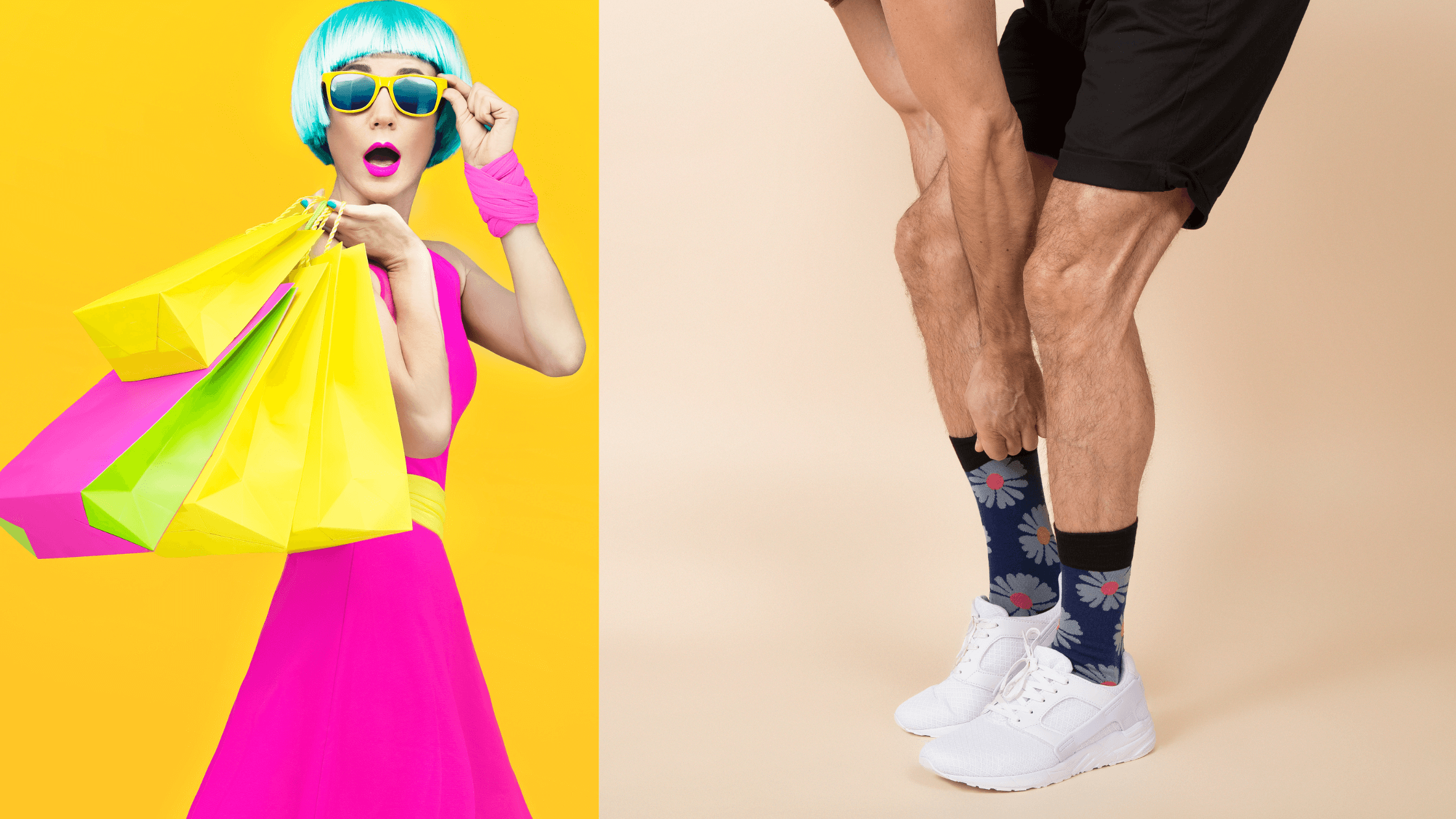
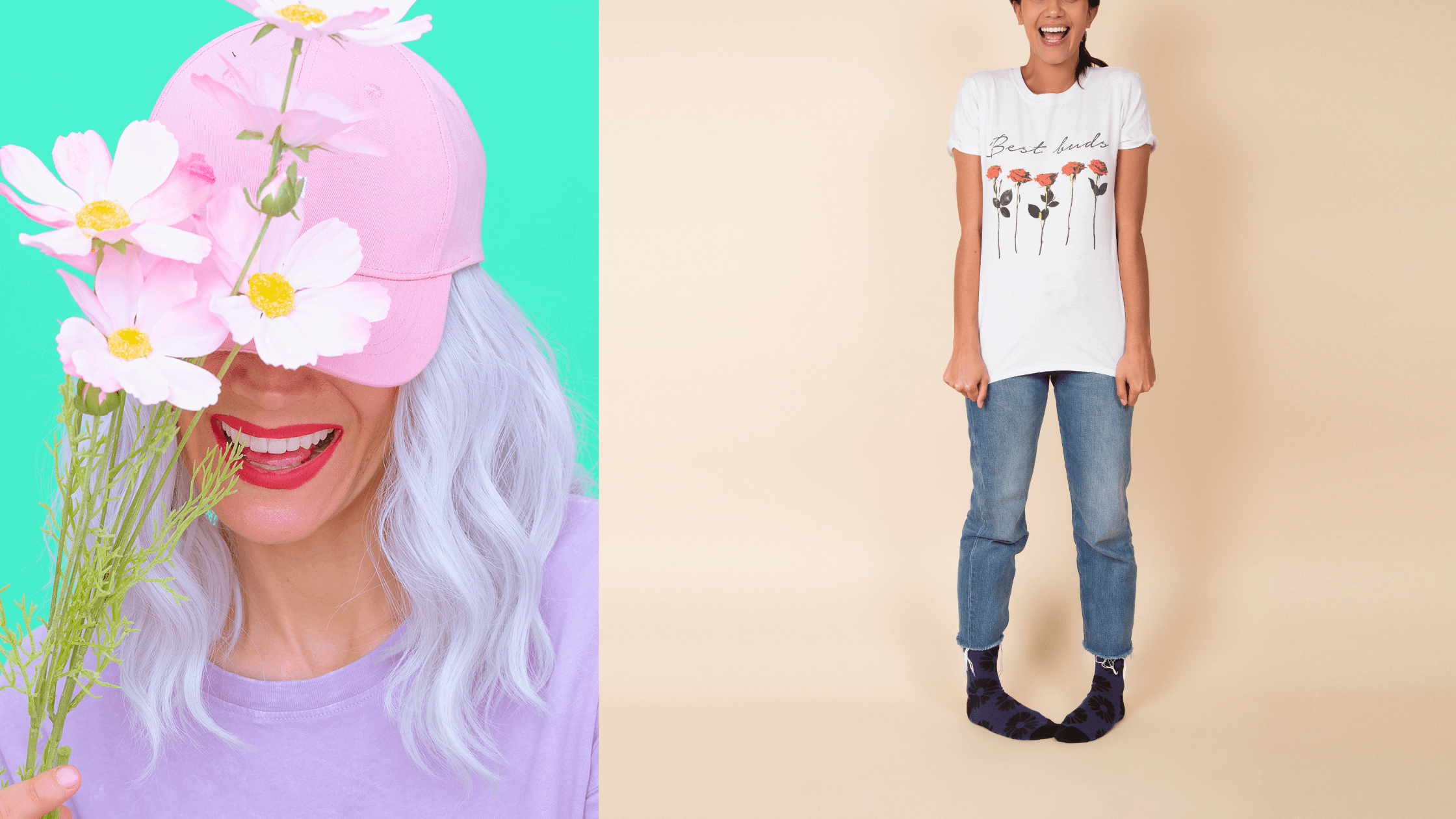
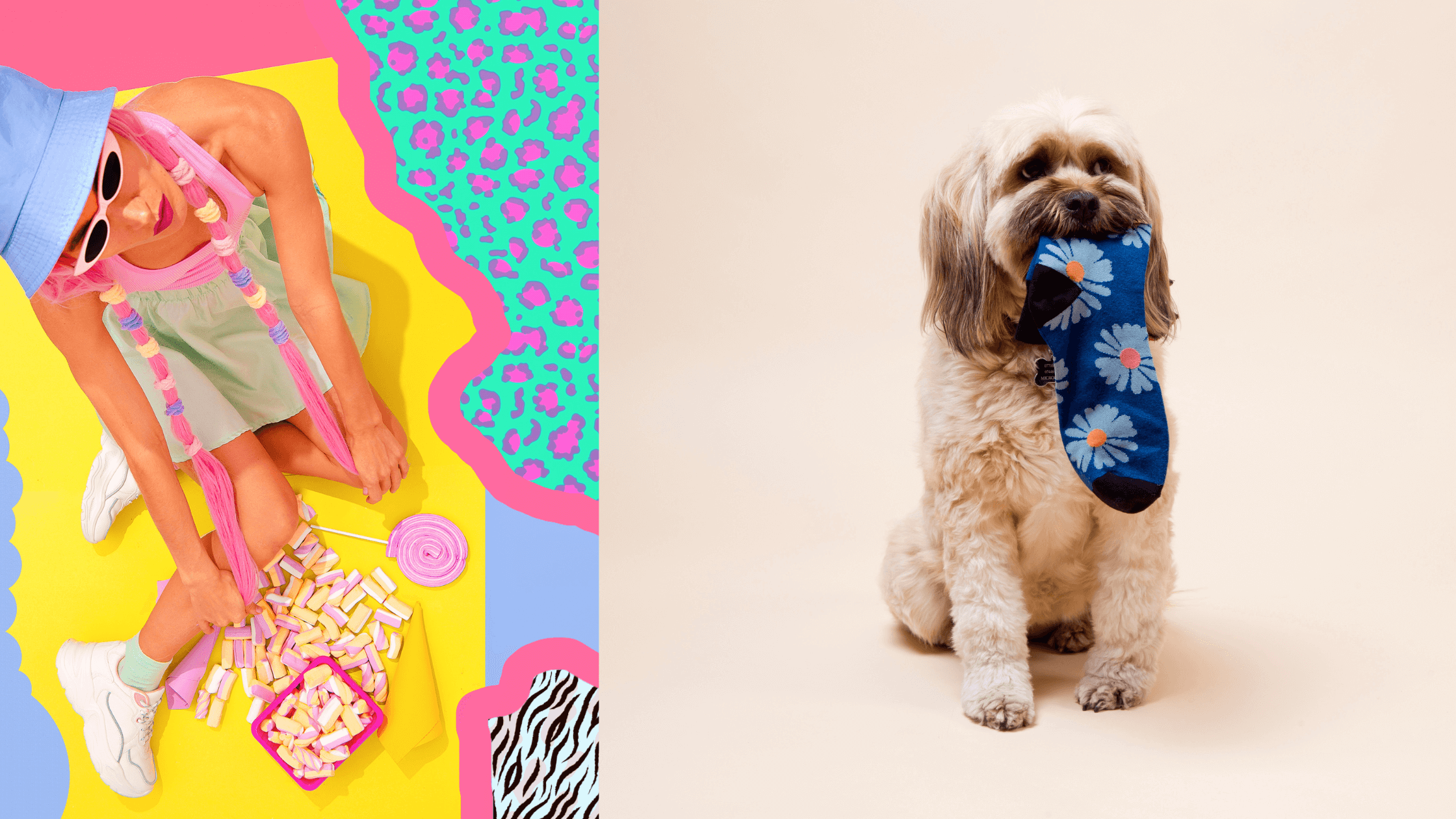

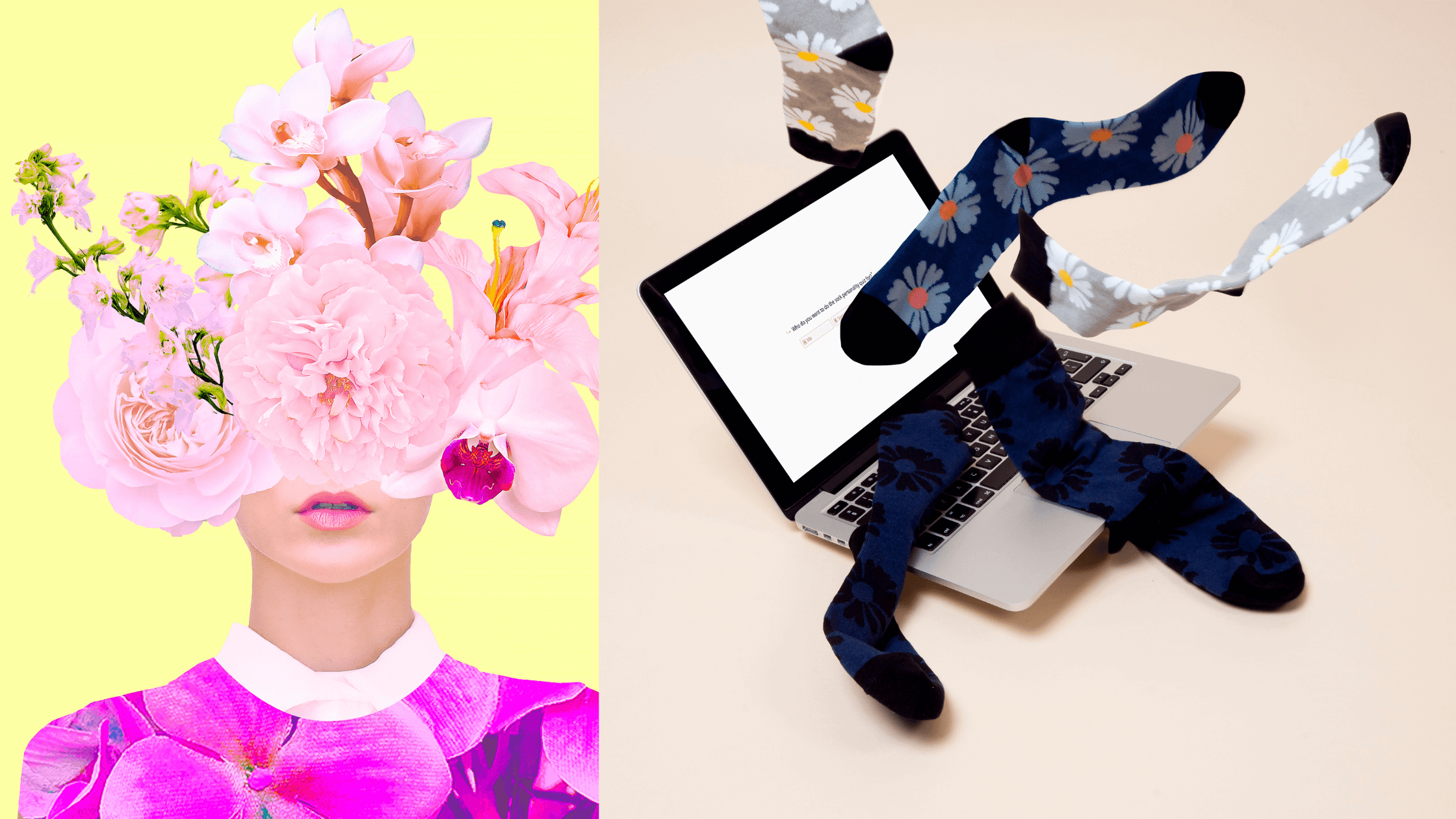




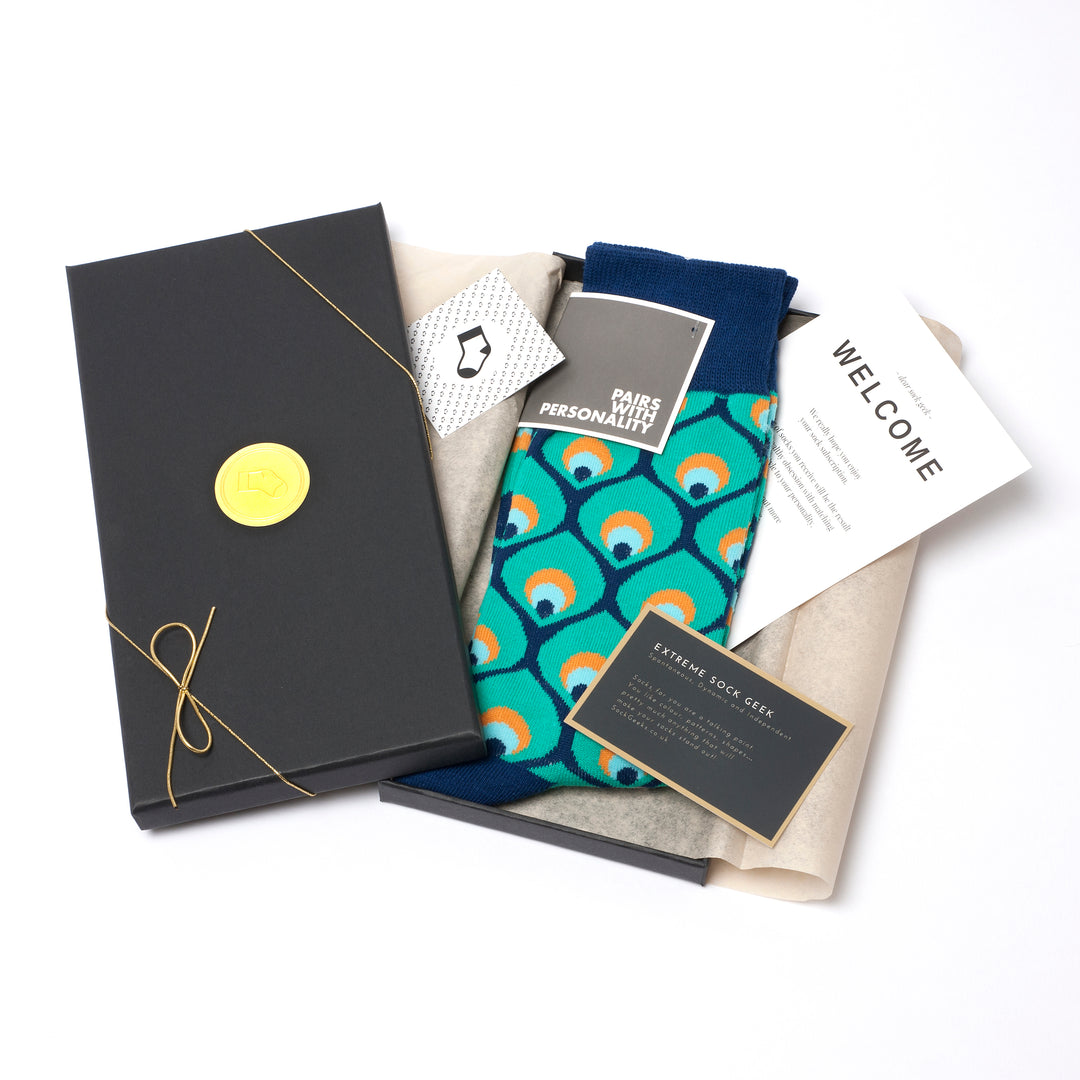

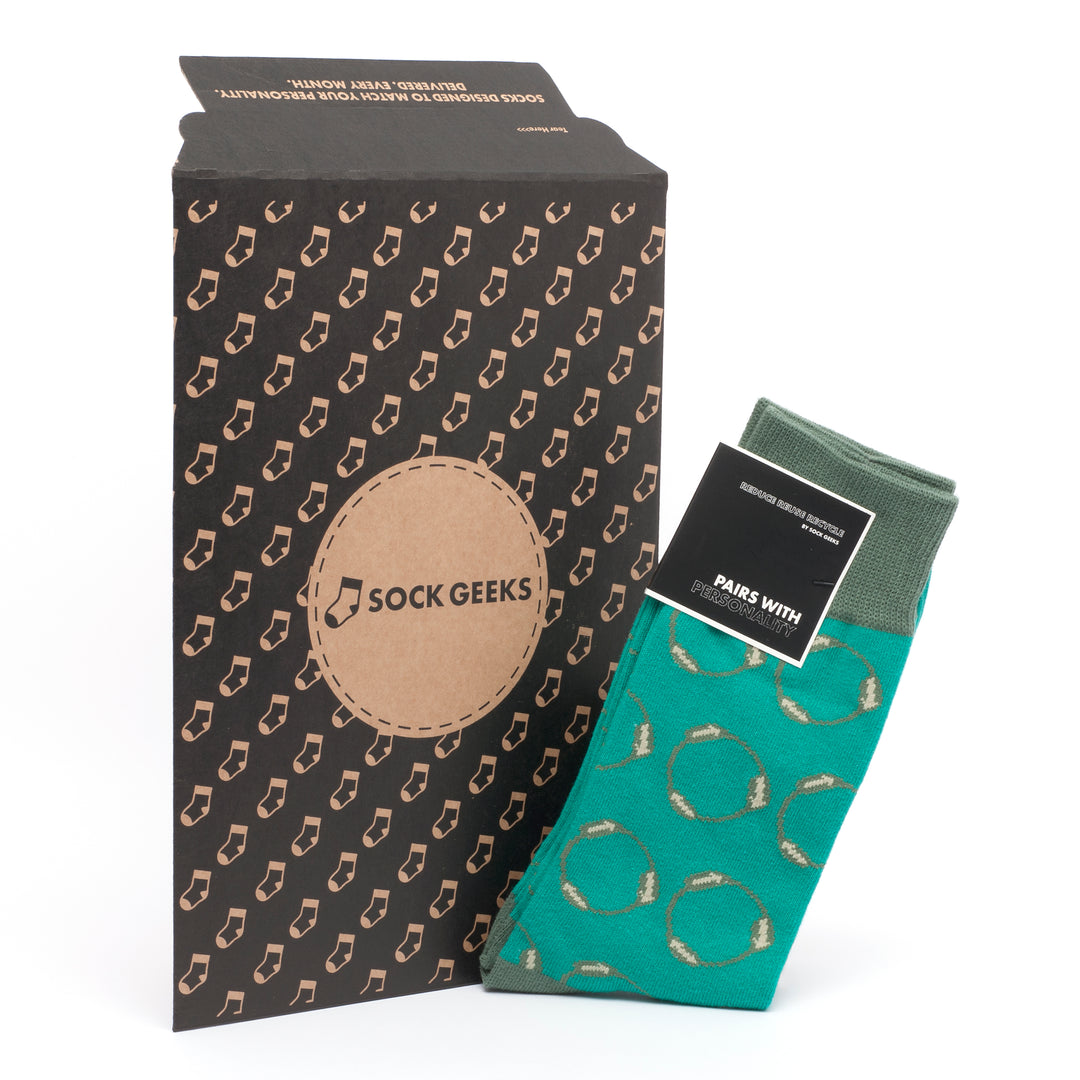
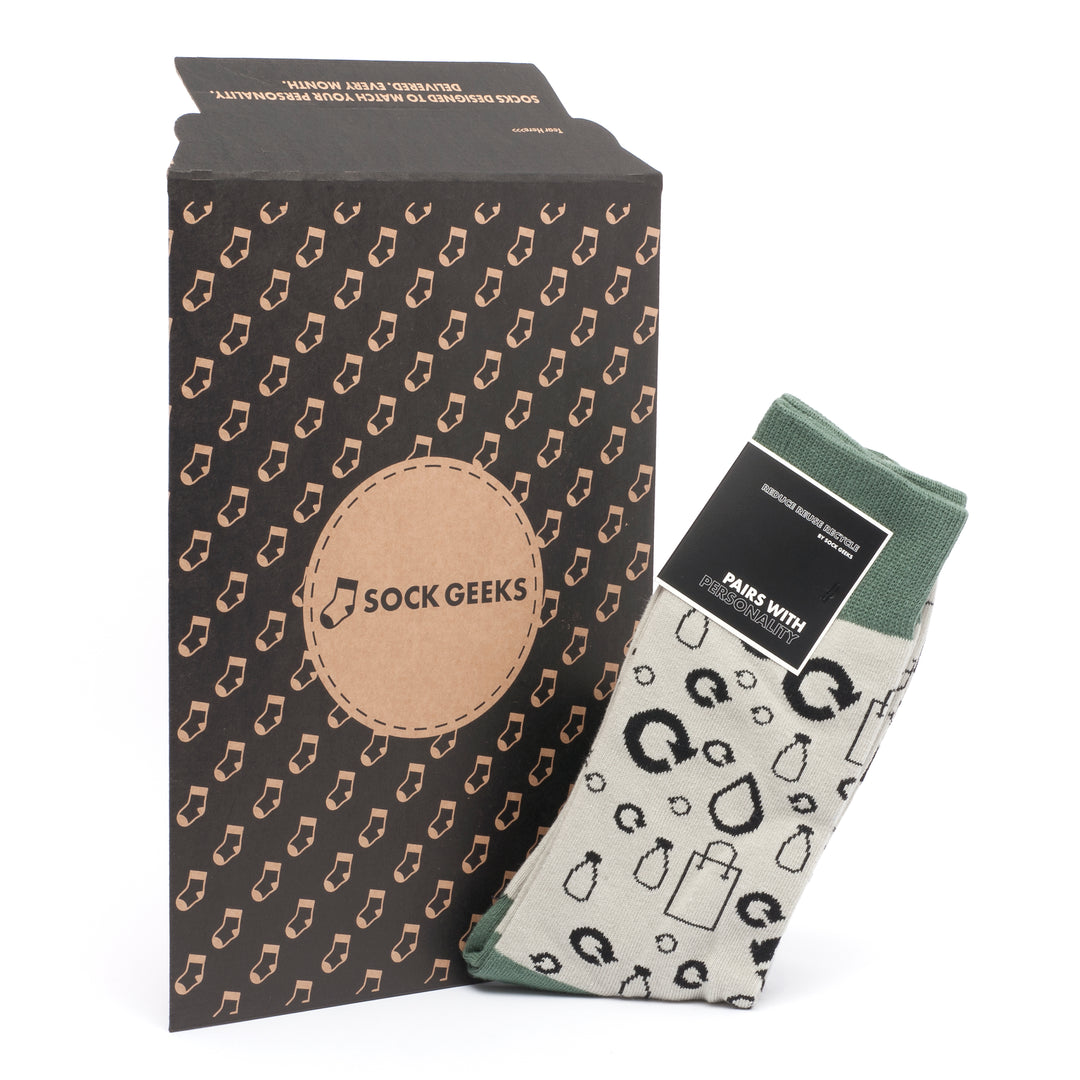

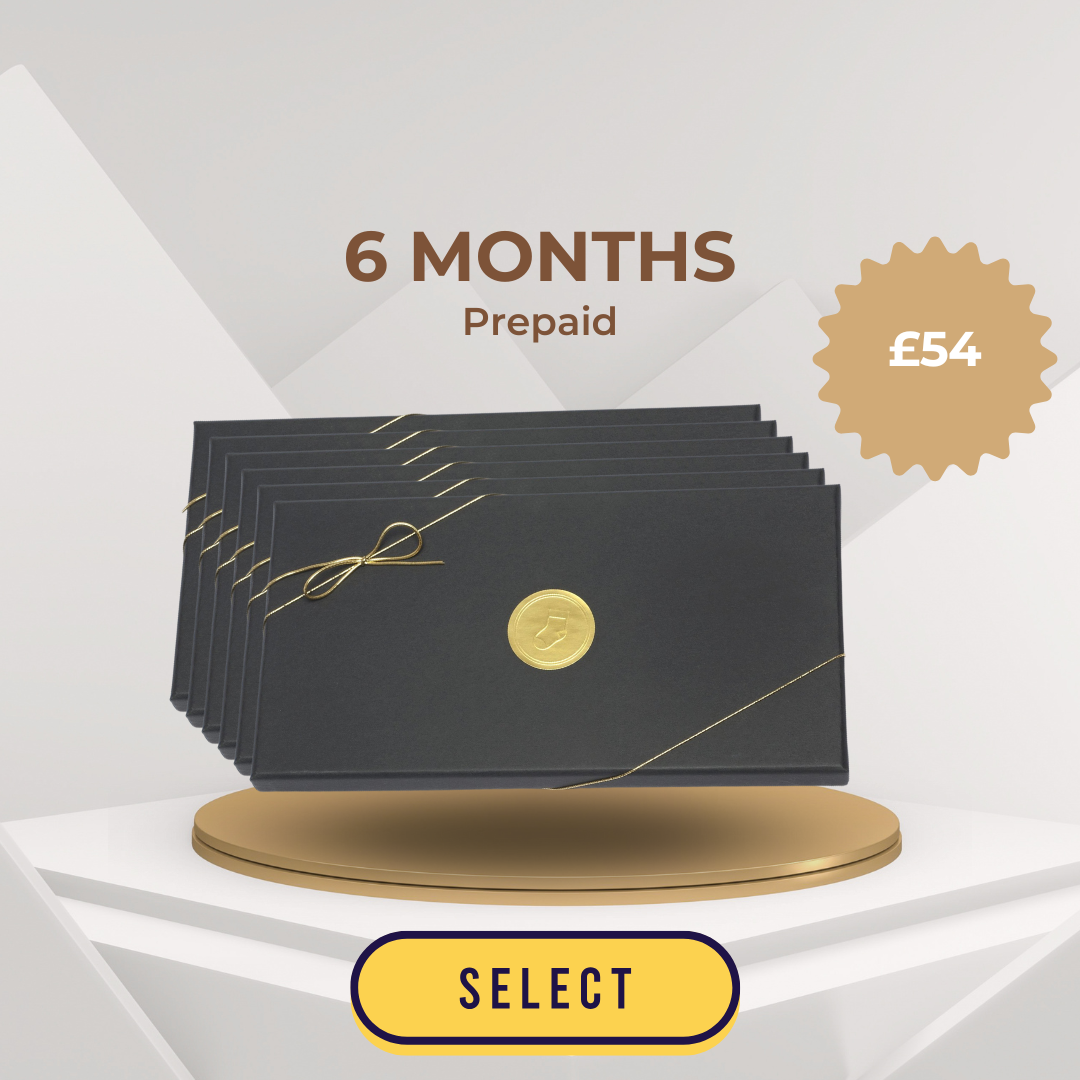

Leave a comment